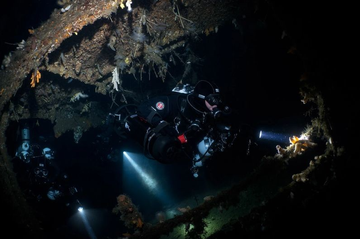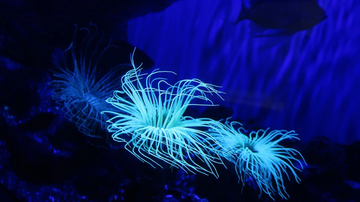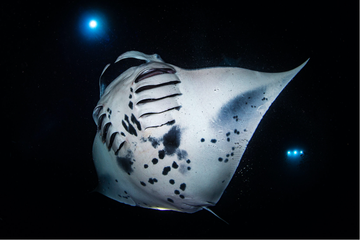In the eyes of most divers, dive lights are merely tools for underwater illumination. But did you know? Throughout the history of marine exploration, this seemingly ordinary piece of equipment has been adapted for various amusing and unconventional purposes—some have even been used as makeshift weapons. Today, let’s explore these alternative uses of dive lights.
-
The Myth of the "Shark Repellent"
A persistent belief in diving circles suggests that powerful dive lights can scare away sharks. Indeed, some divers flash their lights rapidly when encountering sharks, hoping to deter them.
Scientific Facts:
-
Some sharks (like reef sharks) are sensitive to sudden bright light and may temporarily retreat.
-
However, predators like great white sharks pay no attention.
-
Experts warn: Relying on lights to repel sharks may backfire, as sudden movements could pique their curiosity.
Conclusion: It’s safer to stick with professional shark repellent sprays.

-
Underwater "Lightsaber Duels"
In technical diving training, instructors sometimes use dive lights for fun signaling exercises—having trainees "duel" with beams to see who can "hit" the other's light first.
Practical Uses:
-
Trains divers in light control skills.
-
Enhances team coordination underwater.
-
Practices navigation in low-visibility conditions.
-
Emergency Rescue Tool
Beyond standard SOS signals, experienced divers have devised creative uses:
-
Surface signaling: Drawing circles with light on the water at night to attract rescuers.
-
Marking locations: Securing lights at wreck entrances as return guides.
-
Makeshift buoy: Attaching waterproof flashlights to inflatable bags as emergency markers.
-
The Most Bizarre "Fishing Gadget"
In some coastal areas, fishermen noticed certain fish (like squid) are attracted to specific blue light wavelengths. This led to experiments like:
-
Submerging high-power dive lights to lure schools of fish.
-
Using them with nets for fishing.
-
Some even modify dive lights specifically for night fishing.
Expert Reminder: This practice may violate local fishing regulations, and intense light can disrupt marine life.

-
The Archaeologist's "Time Machine"
Shipwreck archaeologists discovered different light temperatures reveal distinct details:
-
Cool white light works best for examining metal components.
-
Warm yellow light enhances visibility of wooden textures.
-
Blue light causes some corals and sponges to fluoresce, helping identify original wreck outlines.

-
The Most Dangerous Use: Temporary Welding Light
In extreme cases, some divers have used high-power dive lights as makeshift illumination for underwater welding.
Warnings:
-
Standard dive lights lack explosion-proof features.
-
Risk of triggering explosions or short circuits.
-
Professional underwater welding requires specialized equipment.
-
The Secret Weapon in Movie Special Effects
In underwater thrillers like The Meg, dive lights are often used to:
-
Create tension (sudden monster appearances in the beam).
-
Mimic deep-sea submersible spotlights.
-
Produce eerie lighting effects with special filters.
A Rational View on Dive Light "Versatility"
While these creative applications showcase human ingenuity, we must remember: Dive lights are primarily safety equipment. Any use beyond their intended purpose carries risks.
Professional Advice:
-
Purchase certified professional dive lights.
-
Regularly check sealing integrity.
-
Always carry backup light sources.
Next time you dive, observe your dive light—within safety guidelines, it may hold more practical functions yet to be discovered. But remember, it’s no true "underwater Swiss Army knife." Safety should always come first.






u5f8o3
wwf7uk
5hnuzm
pqarmv
wi7jid